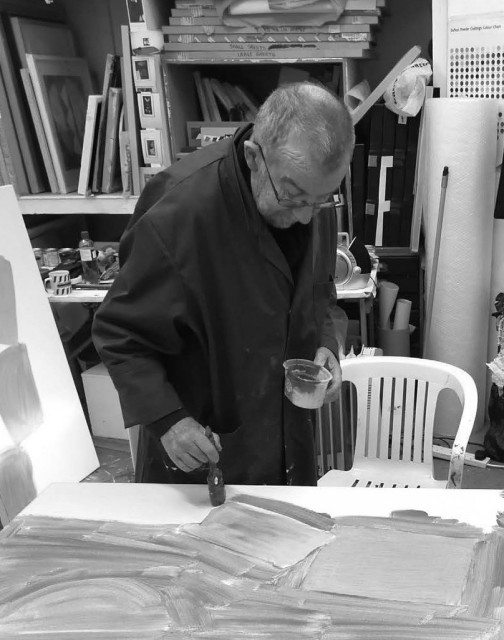John McLean, British, (1939-2019) born in Liverpool to Scottish parents. Studied at St Andrews University from 1957 to 1962 and at the Courtauld Institute of Art in London from 1963 to 1966. McLean taught at various art schools in London from 1966 and had his first solo exhibition in 1975. Lived in New York in the late 1980s. After returning to Britain, he lived and worked in London, and died in June 2019.
Colour is at the root of all McLean's paintings. He works on a large scale, painting spontaneously onto the canvas using fluid paints to make rhythmic abstract compositions. McLean has often cited Matisse and Miró exhibitions as having had a profound effect upon his work, through them he discovered ‘a much more sophisticated way of using shape.’ McLean’s shapes however are more formal, introducing a minor degree of narrative, offering the potential for any shape to be open to interpretation as a sign or metaphor. McLean regards the abstract elements in his work as being informed by external experience and having an emotional dimension. The influential American art critic and essayist Clement Greenberg was a great advocate of John McLean’s work.
McLean studied at St Andrews University from 1957 to 1962 and at the Courtauld Institute of Art in London from 1963 to 1966. McLean taught at various art schools in London from 1966 and had his first solo exhibition in 1975. He lived in New York in the late 1980s. McLean’s work can be found in many public collections, including Tate, the Victoria and Albert Museum, the Fitzwilliam Museum in Cambridge, the Scottish National Gallery of Modern Art and China Central Academy of Fine Arts Art Museum.
